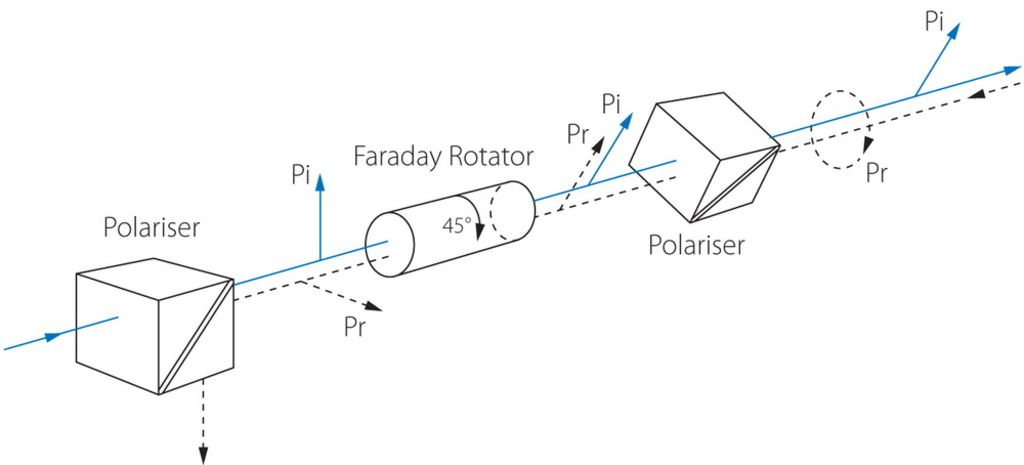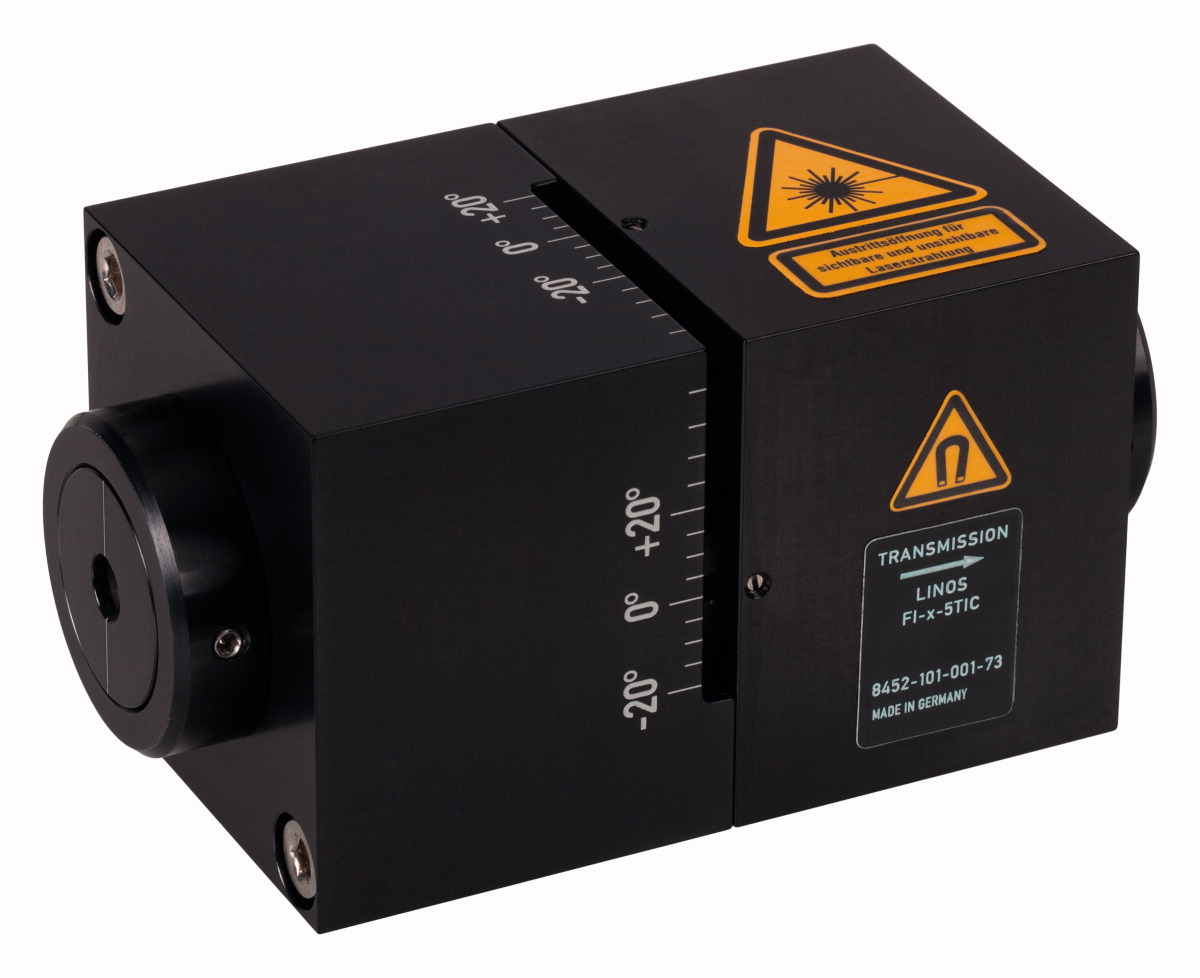
That question interested ACerS Fellow Akio Ikesue, founder of specialty ceramics company World Lab. But could transparent ceramics be used instead? Credit: Vigneshdm1990, Wikimedia (CC BY-SA 4.0)Ĭurrently, Faraday rotators are made using single crystals, typically terbium gallium garnet (Tb 3Ga 5O 12, TGG). The Faraday rotator, sandwiched between two polarizers, rotates incoming light’s plane of polarization to prevent back-reflected light. Illustration of a traditional optical isolator. If any light reflects back, it is again rotated 45 degrees in the same direction by the Faraday rotator, so it reaches the first polarizer at an angle orthogonal to how it entered, preventing the light from passing through. The light then passes through a second polarizer that also is angled at 45 degrees. Then, the light passes through a transparent paramagnetic or ferrimagnetic material called a Faraday rotator, which rotates the polarization by 45 degrees. Traditional optical isolators are based on the Faraday effect, which is the rotation of a light beam’s plane of polarization caused by a magnetic field.Īn isolator works by sending a light beam through a polarizer, which is angled to match polarization of the light. It typically is used to prevent back-reflected light into an optical oscillator, such as a laser cavity, and a single solid-state laser system generally contains multiple isolators (anywhere from two to 10). Optical isolators: Control the direction of lightĪn optical isolator, or optical diode, is an optical component that allows transmission of light in only one direction. These polycrystalline materials were easier to produce, and now these “transparent ceramics” serve as the gain medium in many commercial lasers.Ī laser’s gain medium is not the only laser component that traditionally relied on a single crystal-single crystals are also key to optical isolators. When an optically transparent polycrystalline material with properties close to single crystals was reported in 1995, the impact on laser technology was immense. However, producing single crystals is a difficult process. Single crystals work well in optical applications because they have no grain boundaries, unlike polycrystalline materials.

Credit: Akio Ikesueįrom the first report of a working laser in 1960 until the mid-1990s, a laser’s gain medium-or the material used to amplify the power of light-was made using a single crystal. The ceramic optical isolator is smaller because the terbium-based ceramic has a higher Verdet constant, meaning smaller magnets can be used to construct the device.

Prototype of an optical isolator using terbium yttrium oxide ceramic (right) in comparison with a commercial optical isolator based on terbium gallium garnet single crystal (left).


 0 kommentar(er)
0 kommentar(er)
